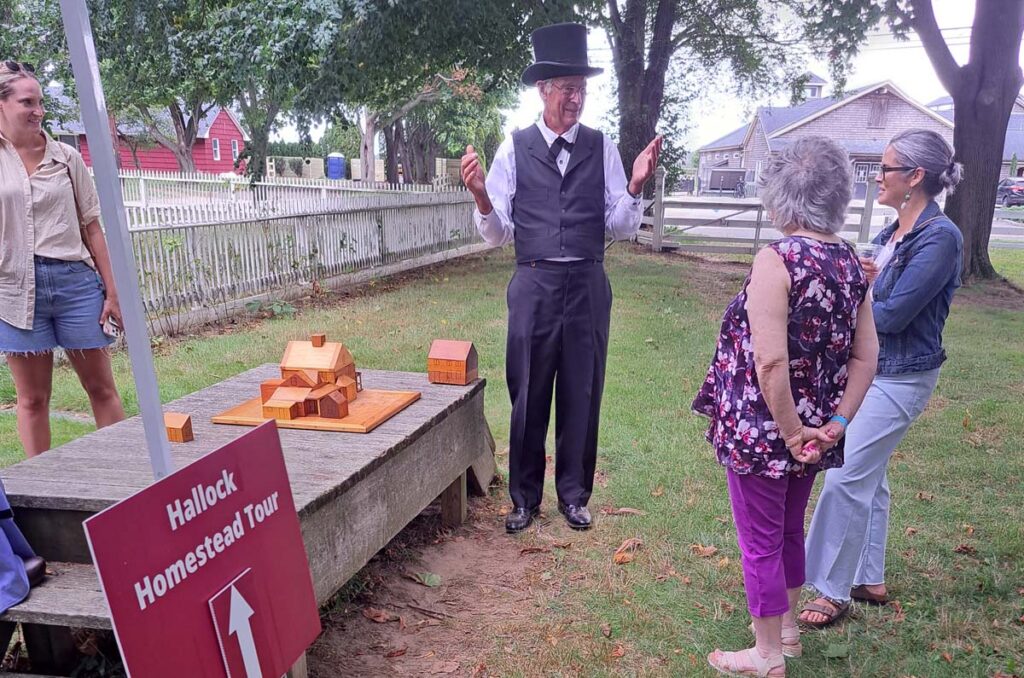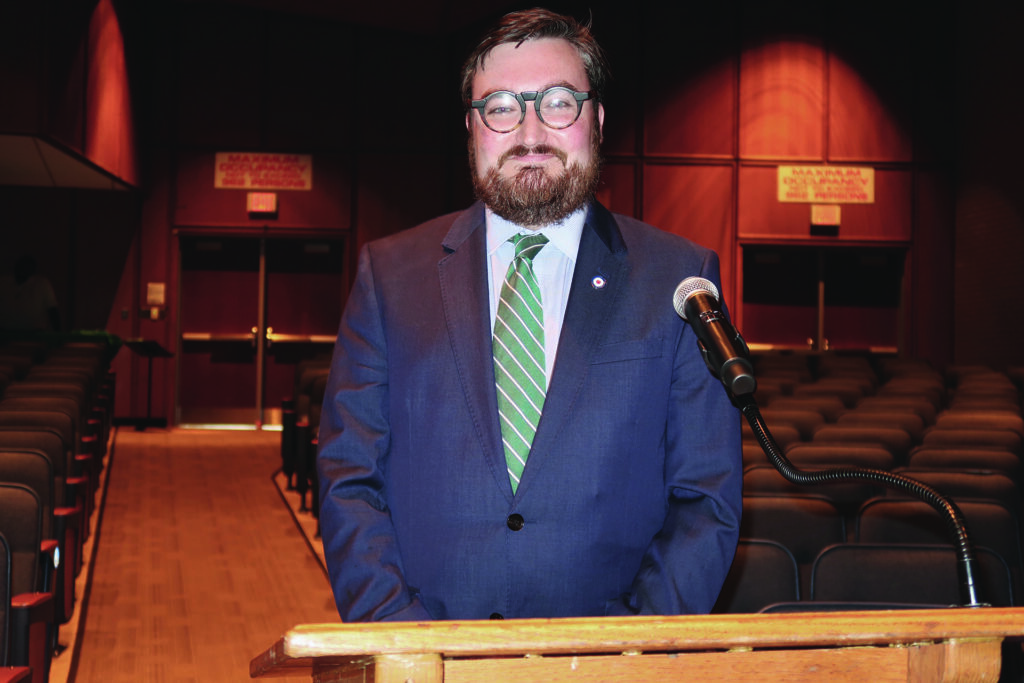Supe: Use of aerial photos nothing new

GRANT PARPAN PHOTO
A backyard pool could mean death to a child or an adult who can’t swim; that’s why all Long Island towns have safety codes that have to be met before homeowners are granted permits. Town officials cited such concerns in using Google Earth to crack down on unpermitted pools in Riverhead.
Riverhead Town building inspector Leroy Barnes was featured on almost as many television newscasts as embattled starlet Lindsay Lohan this week after reports surfaced on the building department’s use of Google Earth to find swimming pools that lack the proper town permits.
The seemingly new move has come under fire from some, who feel it’s an invasion of privacy. But Supervisor Sean Walter said that when he took office in January, the town building department was already using aerial photograph services, including the town’s own geographic information system (GIS), to seek out all sorts of potential violations.
“When we took office, [former Supervisor Phil Cardinale] had the town looking at illegal pools, sheds, decks and illegal extensions through aerial photos,” Mr. Walter said. “In my first week I told them, ‘We’re not using Google Earth or the town’s GIS to do this.’â”
But, he said, when Mr. Barnes asked about swimmimg pools, the supervisor agreed to allow the use of aerial images to enforce pool safety.
“I don’t want to be the supervisor to go to a funeral of 5-year-old who drowns because of an unsafe swimming pool,” he said, noting that a town employee’s own 5-year-old son had almost drowned in a pool.
But the building department is not the only department that uses aerial photos.
A little over a year ago, town assessors lobbied Town Board members to approve the purchase of an aerial image service to check on new additions to properties within the town.
That service, called Pictometry, is used by Microsoft’s Bing Maps, which can be seen for free over the Internet. While Google Maps and Yahoo Maps provide straight overhead images, Pictometry can offer a “bird’s eye view” of a property, taken at a closer range and on an angle.
The $50,000 cost to upgrade the Pictometry program, which the town had been getting at no charge from Suffolk County until the county decided not to upgrade the pictures last year, also includes services that allow comparison of aerial views from different times, and lets users measure building heights and distances between two points. Southampton Town has also used Pictometry, the company said.
Riverhead Town also has aerial photos of properties on its GIS system, which is used internally, officials said.
Assessor Mason Haas told the Town Board last year that the aerial shots enable the assessor’s office to compare pictures with the data they have on properties and identify items that have not been assessed or lack building permits.
“What we get from this service is invaluable,” Mr. Haas said at the time. “Often, we come across things not in the building department files. Look at the cost of the flyover versus what we save.”
Mr. Barnes said he’s been using the free Google Maps to check for swimming pools for about two years, and says about 240 pools have been brought into compliance as a result. He said he doesn’t keep track of the amount of revenue this has brought in, although reports have estimated that figure at about $72,000.
“People are saying we’re doing this to raise money,” Mr. Barnes said. “That’s not true. We had an amnesty for illegal pools in March. Why would we want to do it to raise money, and then let everyone off the hook? It’s just about safety. I’m dead serious about that.”
“This is not designed to last forever,” Mr. Walter said of the use of aerial photos in pool enforcement. “It will sunset at some point.”
Mr. Walter said he doesn’t feel it’s as much of a problem for the assessors to be using aerial photos, but when people file tax grievances, it is essentially the same as doing an appraisal of the property, and aerial photos are often used in appraisals.
Laverne Tennenberg, the chair of the assessors, said Tuesday that the aerial photos are mainly used in appeals of tax grievances, which end up in small claims court.
“We’re trying to draw a balance for the needs of residents and their rights to privacy,” Mr. Walter said.








